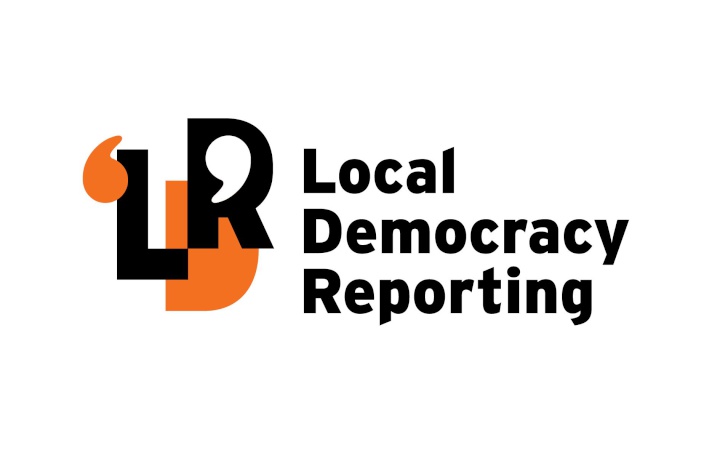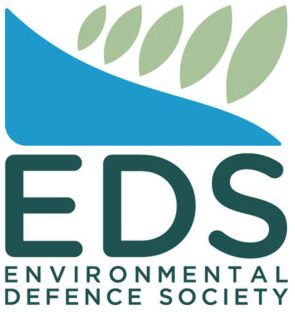Consultation has finally opened on a proposal to retain a 60km/h limit on a stretch of Nelson highway, but a local parent and low-speed advocate is concerned the survey is confusing.
A 1.8km section of Queen Elizabeth II Drive/State Highway 6 that passes through the city’s northern suburb of Marybank is slated to increase in speed to 80km/h.
The change is a result of a Coalition Government policy to reverse speed limit reductions brought in by the preceding Labour administration.
However, the mandated increase was opposed by local parents and residents, the adjacent primary school, and elected representatives like the city’s MP and mayor.
To try and address the community’s concerns, but also meet the Government’s requirement that the speed limit on the road must increase to 80km/h by 1 July, the New Zealand Transport Agency has pre-emptively started a speed review to seek feedback on retaining the 60km/h limit.
NZTA announced on Wednesday morning that consultation had now opened and would run for six weeks until 14 May.
“The speed reviews include consultation and will take into consideration safety, technical, cost-benefit, and other data, alongside community feedback to determine if we set the speed limit to a lower proposed speed limit,” an agency spokesperson said.
Emily Osborne is part of Parents for Active Transport Atawhai which has led the community campaign to “keep it 60”.
She said she was “glad” that consultation had now opened, but was concerned about the online survey for residents to fill out.
The survey is written within the context of the requirement for NZTA to increase the speed back to 80km/h but is timed to avoid the need to increase the speed limit before swapping the signs back to 60km/h, provided the review favoured retaining the lower speeds.
As a result, survey respondents are asked about the proposal to “re-set” a “lower” speed of 60km/h.
Osborne thought the wording was confusing because in practicality the proposal is about keeping the current speed limit – the road is already set at 60km/h and didn’t need to be lowered from 80km/h.
“It’s just very weird wording, and you have to read it slowly.”
Respondents were asked what impacts they believed the proposed speed limit of 60km/h will have on the community.
As the proposed 60km/h speed limit is the same as the currently-enforced speed limit, Osborne was concerned that residents would tick the box which suggests the proposed speed would have “no impact”.
Selecting the “no impact” option doesn’t open a text box where people can write-in their thoughts and personal experiences, unlike selecting the boxes for positive, negative, or both positive and negative impacts, which do provide a space to write-in.
“It’s just disappointing because it’s unclear. There’s no space for people to say why they think that,” Osborne said.
“It’s really important that the community is acknowledged and heard.”
Additionally, she had concerns that the survey was difficult to find with an online search and was several pages deep on the NZTA website.
Also in the Top of the South, an 800-metre stretch of Whitby Road/SH6 just north of Wakefield in Tasman is out for consultation to keep the 60km/h instead of raising the speed to 70km/h.
NZTA is consulting elsewhere in the country on retaining the speed limits on other urban connectors across the state highway network which are also mandated to increase in speed.
NZTA has asked that residents who have already provided feedback on the affected sections of road and would like their feedback counted as their submission to let them know at speedmanagement@nzta.govt.nz, or were free to make a new submission.
Nelson MP Rachel Boyack urged NZTA and the Transport Minister to allow all previous feedback to be considered as part of the consultation.
“Requiring people to resubmit adds unnecessary bureaucracy to this process. The views of the community were very clear, and that feedback must be considered.”
You can submit a response to the Top of the South speed limit proposals here[SUBS hyperlink=nzta.govt.nz/safety/driving-safely/speed/state-highway-speed-management/future-new-speed-reviews-under-the-2024-rule/new-consultation-on-urban-connectors/top-of-the-south-island].
Local Democracy Reporting is local body journalism co-funded by RNZ and NZ On Air.



 Gordon Campbell: On The Government’s Latest Ferries Scam
Gordon Campbell: On The Government’s Latest Ferries Scam NZ Government: Reducing Ambiguity About What Is Reasonably Practicable For Health And Safety Compliance
NZ Government: Reducing Ambiguity About What Is Reasonably Practicable For Health And Safety Compliance Office of the Speaker: New Zealand Parliamentarians Attend 150th IPU Assembly
Office of the Speaker: New Zealand Parliamentarians Attend 150th IPU Assembly RNZRSA: RNZRSA Supports Willie Apiata VC's Stand To Drive Change To Veterans’ Support Act
RNZRSA: RNZRSA Supports Willie Apiata VC's Stand To Drive Change To Veterans’ Support Act Diane McCarthy - LDR: War Hero Willie Apiata Entrusts MP With Victoria Cross Medal
Diane McCarthy - LDR: War Hero Willie Apiata Entrusts MP With Victoria Cross Medal PSA: Disappointing Govt Attack On Diversity, Inclusion In Public Service
PSA: Disappointing Govt Attack On Diversity, Inclusion In Public Service NZ Labour Party: Govt Health And Safety Changes Put Workers At Risk
NZ Labour Party: Govt Health And Safety Changes Put Workers At Risk


